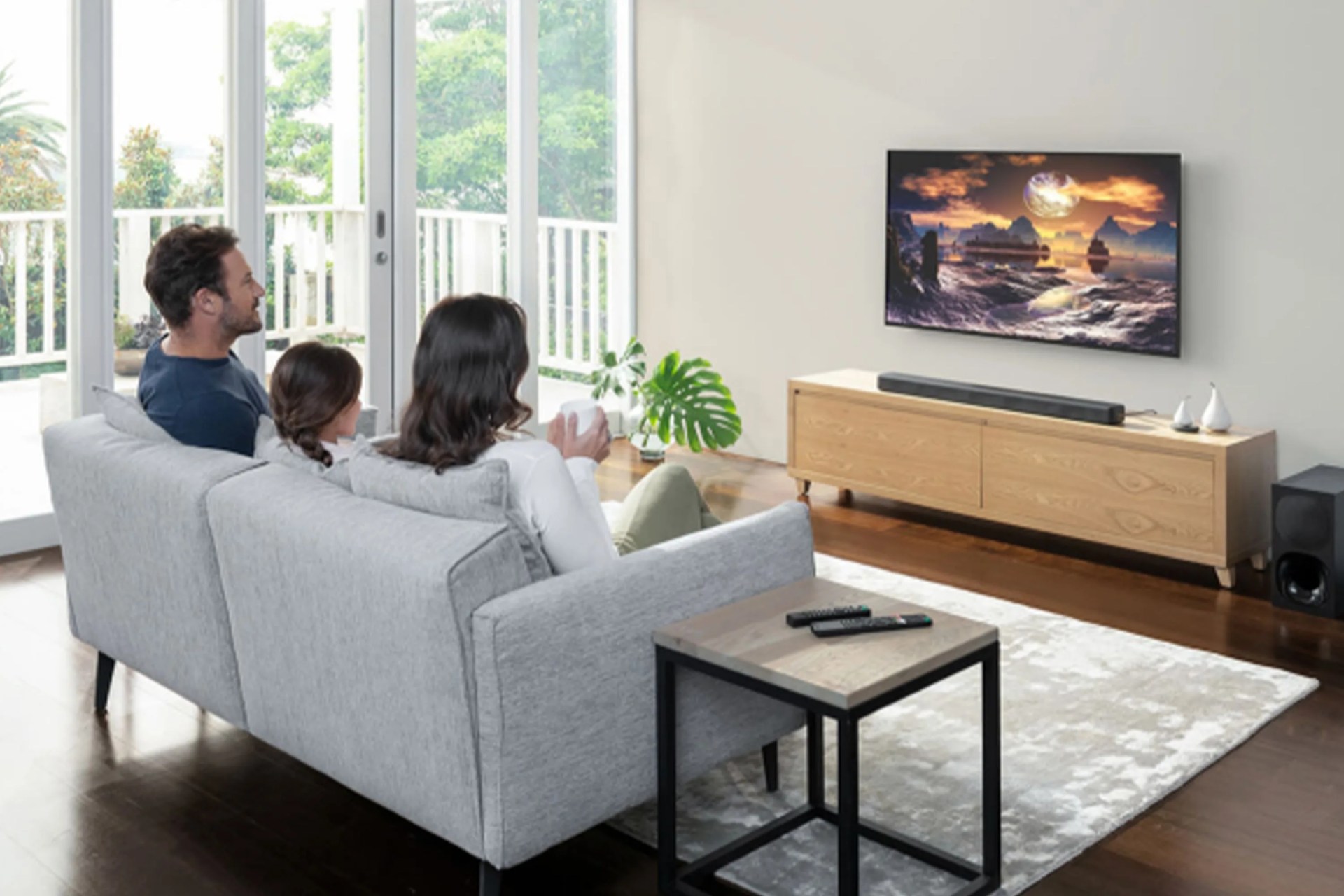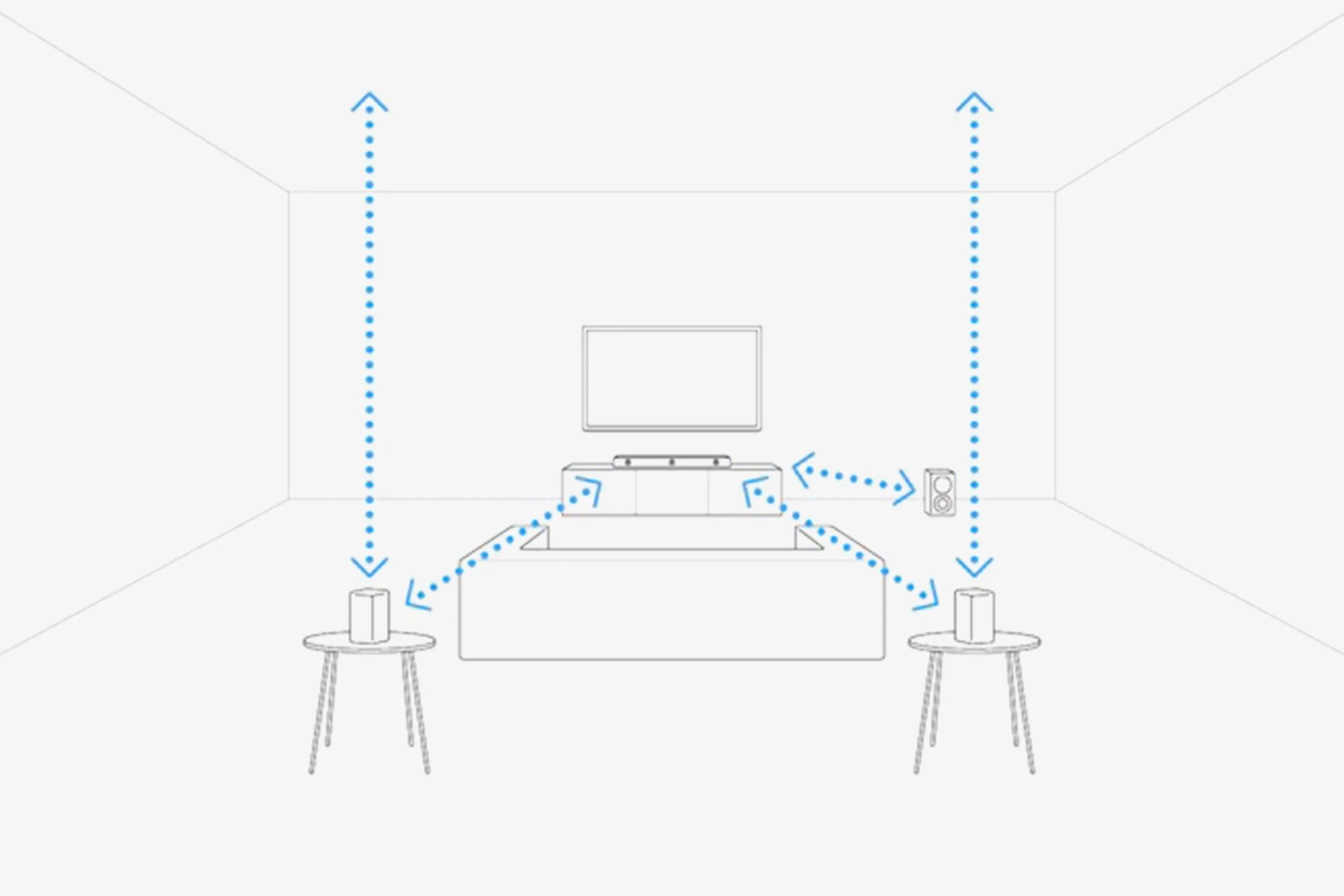There are many ways to build an awesome home theater system. You can go the traditional route of buying an AV receiver and multiple speakers. You can buy a home theater starter kit (also known as “home-theater-in-a-box”). You can buy a soundbar then — by adding satellite speakers and a wireless subwoofer— turn into a wireless surround sound system later on. You can even buy something like the Sony HT-A9, which is a completely different kind of surround sound system.
No matter which route you take, it’s also important to have a basic understanding of multi-channel systems. For instance, what’s the difference between a 2.0 and a 2.1 system? A 5.1 and a 5.1.2 system? A 7.1 and a 5.1.4 system?
We’ve asked Rob Brennan, the technology manager for home entertainment and sound at Sony Electronics, to help break it all down as well as give some buying advice on which home theater configurations make the most sense for you.
Let’s dive in.
What do the numbers mean?
In simplest terms, there are three numbers (and two dots) in every multi-channel system. Let’s use a 5.1.2 system as an example. The first number represents the number of speakers at your ear level. The first three (so a 3.0) represent the left, right and center channels, and the second two (to make it a 5.0) represent the rear satellite speakers. The middle number (the “1” in the 5.1.2 example) represents the number of subwoofers. And the last number represents the number of height-channel speakers.
There are a couple other things to point out in regards to these numbers:




